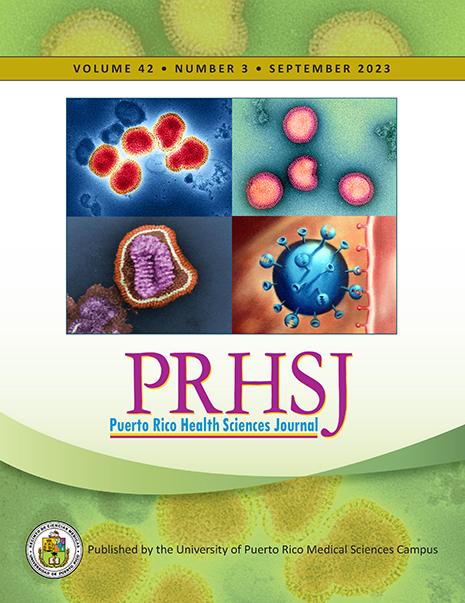Abstract
Objective: In complicated parapneumonic effusion or Empyema, approximately 25% of patients require surgical intervention which can be associated with a mortality risk of almost 20%. However, the use combination of rt-tPA and DNase in elderly patients with prohibitive surgical risk has improved outcomes. The main goal of our study is to highlight the utility of intrapleural thrombolysis in patients with prohibitive risk for surgery. Methods: A retrospective record review study of patients (n=23) with complicated parapneumonic pleural effusion or empyema treated with tPA and DNase from January 1st of 2015 to March 18th, 2019 at VACHCS. Data collected to describe the outcome of intrapleural thrombolytics included demographic, pleural fluid analysis, surgical risk assessment, diagnosis and initiation treatment day, doses, chest imaging, drainage rate, chest tube size and average days in place, inflammatory markers, microbiology, antibiotics, and complications. Results: Only 21.7% of patients were considered surgical candidates. Seventy-four percent had a 30-day post-surgical mortality risk of > 2.5% using the National Surgery Office (NSO) risk calculator. Post-operative inpatient stay was 99.7% and estimated post operative ICU stay average was >80%. Primary outcome (pleural drainage improvement) obtained in 73.9%. Most common serious complications included sepsis (52.2%) and nonserious was residual hydropneumothorax (47.8%). Conclusion: This study demonstrates that administration of intrapleural thrombolytics through a percutaneous pleural catheter achieved successful drainage safely and without the need for surgical interventions in a selected group of advanced age, elderly patients with pleural infections who were deemed to be high surgical risk.
Authors who publish with this journal agree to the following terms:
a. Authors retain copyright and grant the journal right of first publication with the work simultaneously licensed under a Creative Commons Attribution License that allows others to share the work with an acknowledgement of the work's authorship and initial publication in this journal.
b. Authors are able to enter into separate, additional contractual arrangements for the non-exclusive distribution of the journal's published version of the work (e.g., post it to an institutional repository or publish it in a book), with an acknowledgement of its initial publication in this journal.
c. Authors are permitted and encouraged to post their work online (e.g., in institutional repositories or on their website) prior to and during the submission process, as it can lead to productive exchanges, as well as earlier and greater citation of published work (See The Effect of Open Access).
